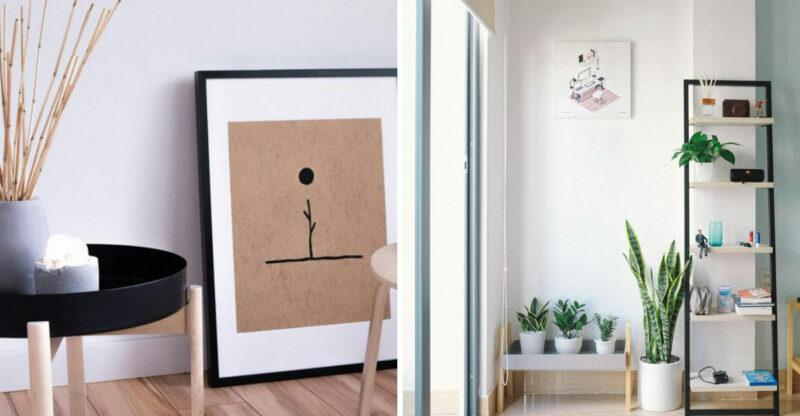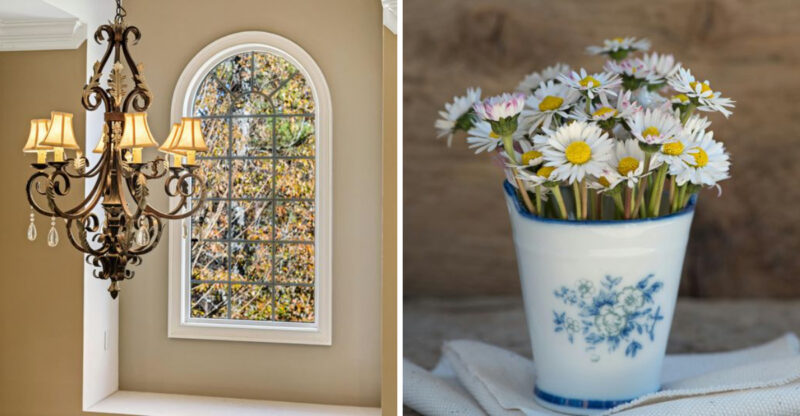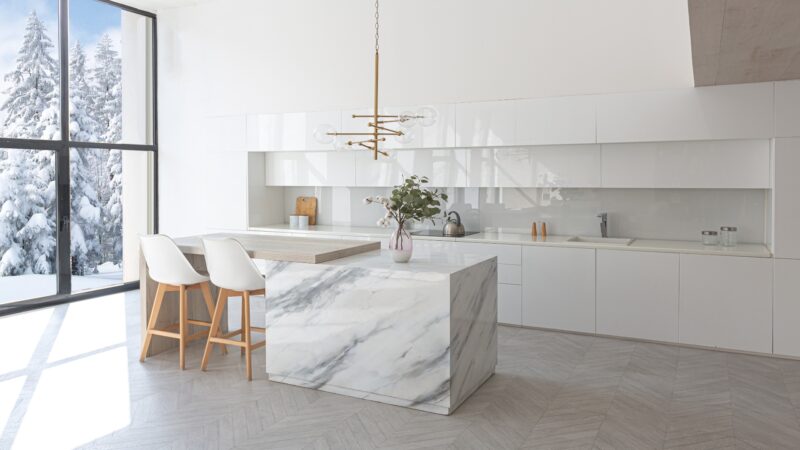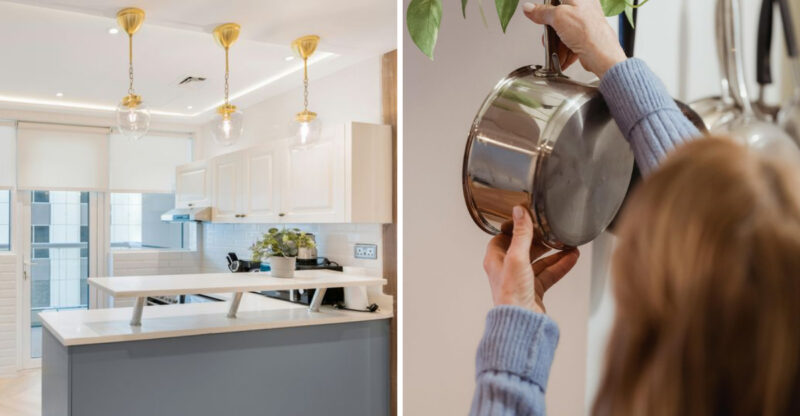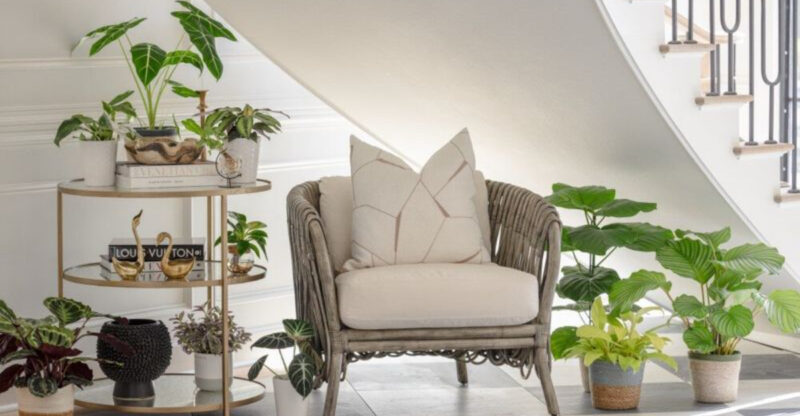11 Things You Might Buy That Could Make Your Home Less Tidy
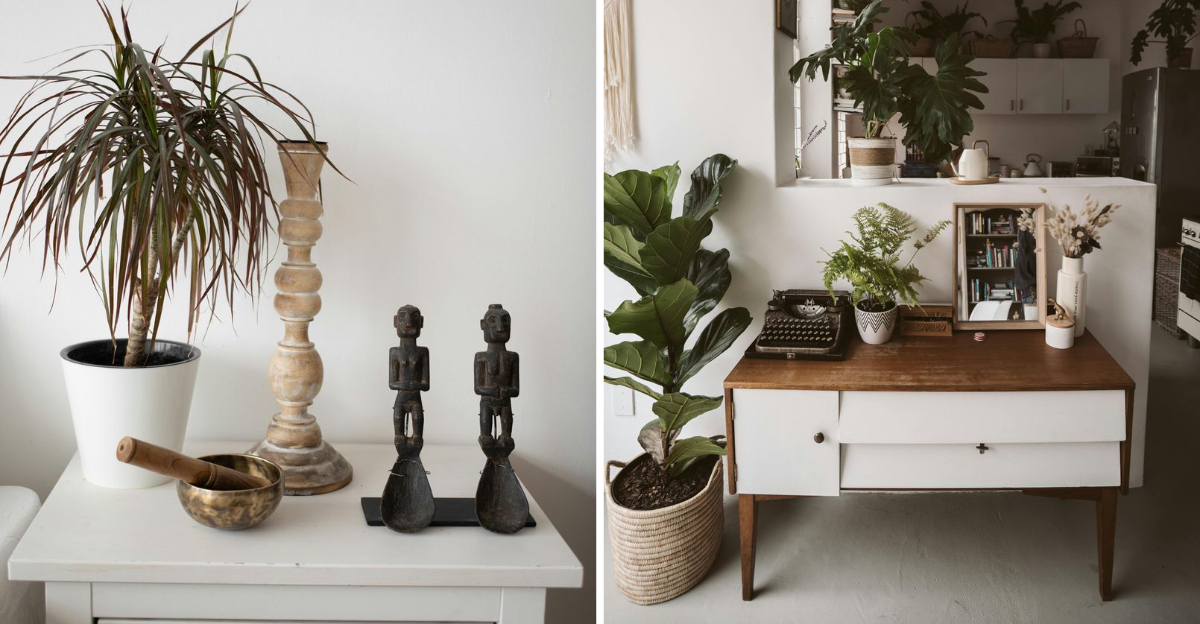
We all want our homes to feel cozy and personal, but sometimes our shopping habits can work against that goal. Impulse buys and well-intentioned purchases often add clutter rather than joy to our living spaces.
Before bringing home that cute item you spotted, it’s worth considering how it might impact your home’s overall tidiness and your daily cleaning routine. Keep in mind that every home and lifestyle is different, so the effect of new items on your space may vary.
1. Extra Furniture Pieces
That adorable accent chair seemed perfect in the store, but now it’s become a catch-all for laundry and bags. Extra furniture pieces eat up valuable floor space and provide more surfaces for clutter to accumulate.
Kids’ toys, mail, and random items naturally migrate to these additional pieces, creating mini clutter zones throughout your home. Plus, more furniture means more obstacles during cleaning time. If you can’t comfortably walk around your furniture without bumping into things, you might have too many pieces.
Consider the function of each item before bringing home another table, chair, or cabinet that could become tomorrow’s clutter magnet.
2. Decorative Knick-Knacks
Small decorative items can transform from charming accents to overwhelming clutter faster than you might expect. Each figurine, paperweight, or tiny sculpture requires dusting and creates visual noise that can make even clean spaces feel messy.
I’ve noticed how these items tend to multiply over time a souvenir here, a gift there, and suddenly your shelves are crowded with tiny objects. Many of these trinkets hold sentimental value, making them difficult to part with even when they’re collecting dust.
Try limiting yourself to displaying only your absolute favorites and rotating seasonal pieces instead of having everything out at once. This approach keeps your space feeling fresh without the overwhelming clutter effect.
3. Large Area Rugs with Busy Patterns
While a statement rug can anchor your room beautifully, those with intricate patterns often create visual chaos. The busy designs can make your space feel cluttered even when it’s perfectly organized. Maintaining these rugs presents another challenge.
Crumbs, pet hair, and dirt particles hide easily in complex patterns, requiring more frequent vacuuming. And when spills happen, cleaning becomes a detective mission to find the affected areas. If you’re drawn to patterned rugs, consider options with larger, simpler designs in colors that complement your space.
This gives you the character you want without the visual overload that can make your room feel perpetually untidy and harder to keep clean.
4. Multiple Throw Pillows
Throw pillows seem harmless they’re soft, inviting, and add personality to your furniture. However, when they multiply beyond reason, they become homeless wanderers around your living space. Where do these pillows go when you actually want to sit down?
Usually tossed on the floor, stacked awkwardly on other furniture, or crammed into corners. Making the bed becomes a time-consuming production when you’re dealing with a decorative army of cushions.
Most design experts suggest limiting yourself to 2-3 pillows per sofa and 2-4 for a bed, depending on its size. This gives you the cozy comfort and style accent without creating a daily pillow-shuffling routine that leaves your home looking perpetually disheveled.
5. Cluttered Wall Art
Art brings personality to our homes, but a gallery wall gone wild creates visual chaos that can make your space feel disorganized. When every inch of wall space is covered, your eyes have nowhere to rest, creating a sense of clutter even in an otherwise tidy room.
Hanging multiple pieces also means more dusting, straightening, and maintenance. Those perfectly aligned frames won’t stay that way for long, especially in homes with kids or in areas with vibration from doors closing.
Instead of covering every available wall surface, try creating focused art moments with breathing space around them. This approach highlights your favorite pieces while maintaining a sense of order and calm that makes your entire room feel more purposefully designed and less cluttered.
6. Unnecessary Electronics
The smart home revolution has brought us devices for nearly everything, but each gadget adds another remote, another charging cable, and another dust-collecting item to your space. That juicer you used twice, the specialty coffee maker, or the smart picture frame still waiting to be set up they all claim valuable counter space.
Cables become particularly problematic, tangling together and collecting dust bunnies behind entertainment centers. Even with the best cable management, multiple devices create visual clutter that’s hard to ignore.
Before buying another electronic helper, ask yourself if it serves multiple functions or replaces something you use daily. If not, it might be better to skip the purchase rather than add another item that needs charging, updating, and cleaning.
7. Excessive Books or Magazines
Books enrich our lives with knowledge and stories, but unchecked collections can quickly overwhelm your living space. Stacks form on nightstands, coffee tables, and floors when bookshelves reach capacity. Magazines present an even greater challenge, as they arrive monthly but rarely leave our homes at the same rate.
Their slick covers attract dust, and their varying sizes make neat stacking difficult. Many of us hold onto them with the intention to read that interesting article someday. If you’re a bibliophile, consider implementing a one-in-one-out policy for physical books, or embrace e-books for casual reading.
For magazines, try setting a strict expiration date perhaps last month’s issue must go when this month’s arrives to prevent the inevitable piles that make your home feel cluttered.
8. Too Many Vases or Planters
Plant parenthood often leads to an unintended collection of containers that multiply faster than the plants themselves. Each cute planter or vase purchase seems reasonable on its own, but together they create significant clutter.
Empty vessels are particularly problematic they gather dust, take up valuable storage space, and often sit waiting for “someday” use. Even with plants, mismatched containers in various sizes, materials, and styles can create visual chaos rather than the serene plant sanctuary you envisioned. Try limiting yourself to a cohesive collection of planters that work together visually.
For cut flowers, one or two versatile vases are usually sufficient for most homes. If you’re a collector at heart, display only a curated selection and store (or better yet, donate) the extras to maintain a tidier space.
9. Bulky Lamps
Statement lamps can transform a room, but oversized options eat up valuable surface space on nightstands and side tables. When your lamp base takes up most of the table, you’re left with no room for books, glasses, or other essentials. These bulky lighting fixtures also create cleaning challenges.
Dust collects in decorative details, and large lampshades become magnets for cobwebs and insects. Moving them for thorough cleaning becomes a two-person job. Consider wall-mounted sconces or pendant lights as space-saving alternatives that provide the same illumination without the clutter.
If table lamps are your preference, look for designs with smaller footprints or built-in features like charging ports to maximize functionality without sacrificing precious surface area that could otherwise remain clear.
10. Decorative Trays That Accumulate Clutter
Decorative trays start with good intentions corralling small items into organized collections. However, they frequently transform into sanctioned clutter zones where random objects accumulate with surprising speed.
That beautiful tray on your coffee table gradually collects remote controls, charging cables, half-empty water bottles, and random receipts. Similarly, bathroom trays become overcrowded with products we use daily but never return to their proper homes. If you love using trays as organizing tools, try implementing a strict rule about what belongs there and regular resets to maintain order.
Alternatively, consider using smaller trays with clearly defined purposes one for remotes only, another for your morning skincare routine to prevent them from becoming catch-all clutter enablers in your otherwise tidy home.
11. Decorative Figurines
Collectible figurines start innocently enough perhaps a cherished gift or souvenir. Then suddenly, you’re known as “the person who loves elephants” and receive a new elephant figurine every birthday and holiday.
These small decorative items require regular dusting, especially those with intricate details that trap dust in hard-to-clean crevices. When displayed in groups, they create busy visual clusters that can make even organized shelves feel cluttered and chaotic. If you enjoy collecting, consider displaying only a curated selection and rotating pieces seasonally.
This keeps your collection fresh while preventing figurine overload. Alternatively, dedicate one specific area like a curio cabinet to your collection, keeping other surfaces clean and figurine-free for a more balanced visual environment.

